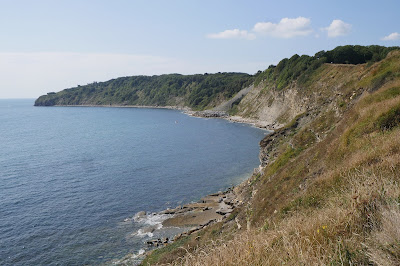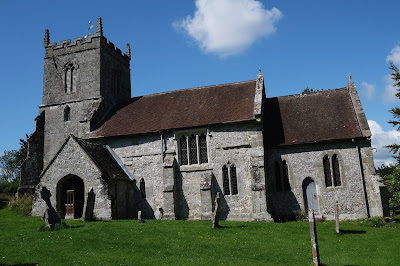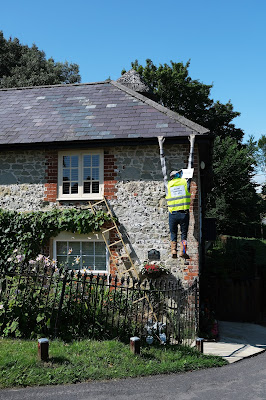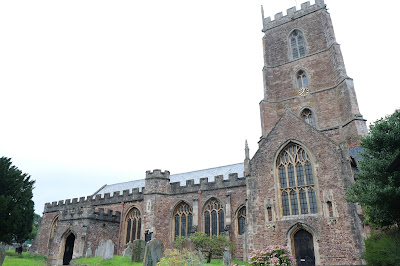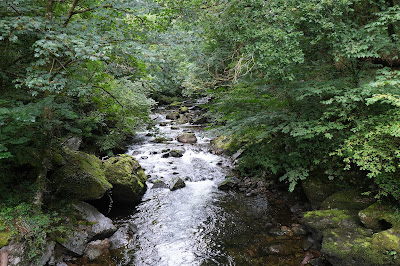We are making a flying visit to Poole and decided to take a local walk starting from Swanage. We first did this walk in February 2011 when it formed the third stage of the South West Coast Path. We parked in the long stay car park overlooking the pier and the first thing of notice was the pair of Ionic columns, which mark the entrance to Prince Albert Gardens. They date from the early 19th century and were brought to Swanage by John Mowlem.
The gates were quickly followed by an obelisque.
This turned out to be one that was erected to commemorate the life of Prince Albert and is believed to be the first in the country to be built after his untimely death at the age of 42 in 1861. It was located in the High Street, next to where the British Legion is now, but was taken down in 1971 to make way for a new row of houses. Permission has been given permission to be rebuilt in Prince Albert Gardens, although the work is not yet complete. It overlooks Swanage Bay, close to Peveril Point where the prince is said to have disembarked from the royal yacht in the 1850’s.
Next there was a nice view of the Pier with Ballard Down behind.
Now we passed a rather beautiful tower, which we had looked at from afar in 2011.
The Wellington clock tower was originally built in 1854 in honour of the Duke of Wellington near London Bridge, but was soon found to be impeding the traffic and taken down. George Burt, a nephew and business partner of John Mowlem, removed the stones to Swanage and rebuilt the tower in its present location. The clock never followed, and a spire was removed in 1904 as it had become unsafe.
We headed towards Peveril Point and then enjoyed a nice view along the Coast Path toward Durlston Castle.
As we got closer to Durlston we could see that a lot of improvements have taken place since we were last here: the fairly basic path is now chanelled by low stone walls on either side, with occasional places to sit and admire the view. Well done to Durlston Country Park!
We paused for some ice cream and to admire Durlston Castle.
The Castle's website explains that it was built as a restaurant by George Burt (who we have heard of before) and was part of his
grand plan to create an exclusive housing estate on his land as part of
his dream of transforming Swanage into a fashionable resort. On this occasion we didn't visit the wonderful stone Globe, also installed by the indefatigable Gorge Burt.
We now headed along the Coast Path towards the Lighthouse at Anvil Point.
Looking back there was a great view of Tilly Whim Caves.
We passed the Lighthouse and headed inland to locate a pleasant country path which was parallel with Durlston bay and which led us all the way back into Swanage. We loved this gargoyle (one of several) as we passed by ...
At the end we turned into the High Street towards to the town centre and admired several of the buildings: the Congregational Chapel, now United Reformed Church ...
... the imposing Purbeck House Hotel ...
... and the Town Hall. This is essentially an unremarkable building to which has been added a superb facade by Sir Christopher Wren no less. Inevitably it was George Burt who rescued it from the Mercers' Hall in London's Cheapside.
After this we quite soon returned to our starting point.
Map: Explorer OL15 (Purbeck and South Dorset).
Book: 50 walks in Dorset (which we also used in 2011).
Rating: four stars.




